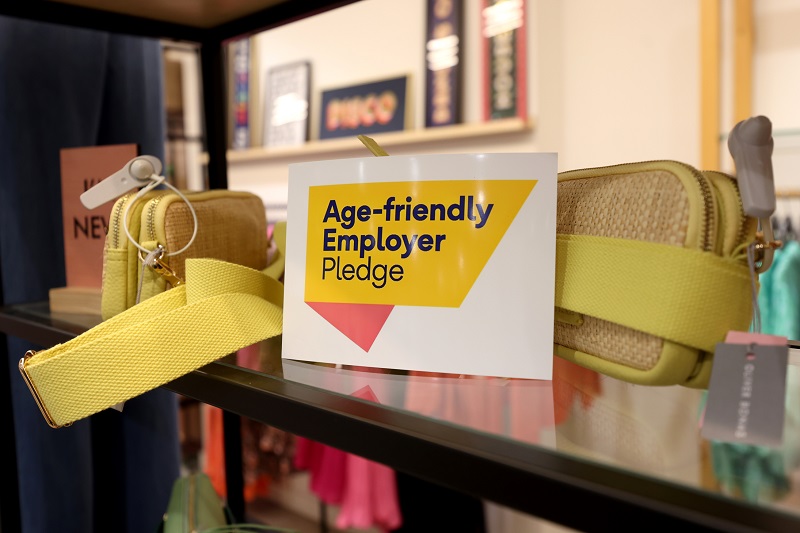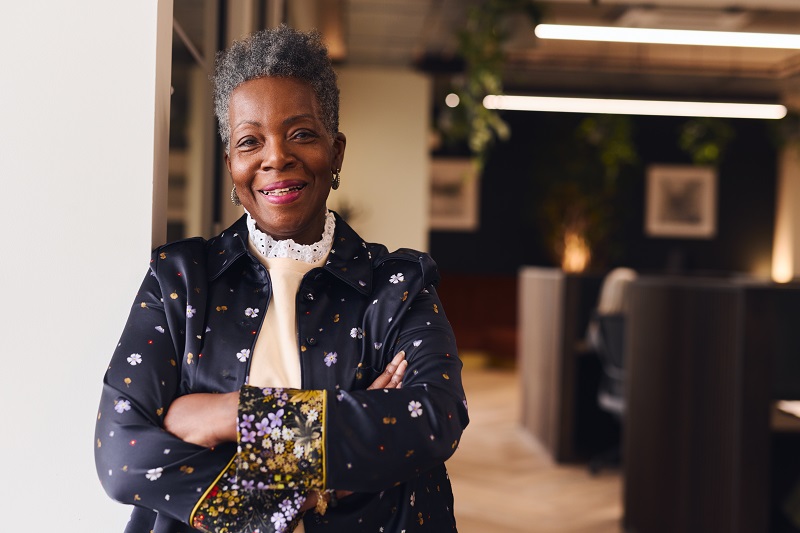Take a moment to think about a typical tech worker, and you might conjure up the mental image of a man in his late 20s, wearing designer jeans and trainers; playing a game of snooker in a quirky staff room during lunch hour. What does this representation tell us about age discrimination in the workplace?
This image has become something of a stereotype in recent years, but it is far from an inaccurate one. The average age of Google’s army of tech workers is, after all, only 30 years old. Similar extremely young demographics are the norm at most of the big tech companies, with AOL, Facebook and LinkedIn reporting even younger median ages, at 27, 28 and 29 years respectively.
Age discrimination in the workplace — the ageism narrative
The massively skewed demographics towards the younger end of the scale in tech companies point to a sneaking suspicion of ageism. Or perhaps a suspicion that isn’t sneaking at all. As the founder of Facebook, Mark Zuckerberg, put it bluntly back in 2007: “young people are just smarter”.
According to Gareth Jones, the CEO of the UK-based company Headstart, the general narrative in the industry is age-biased and the focus is on millennials; with the worst ageism being apparent on the coding side of things. This culture is allowed to persist because unlike other discriminations, such as those to do with gender and race, there is a lackadaisical societal response to ageism. Age discrimination in the workplace just doesn’t seem as sensitive, or as important as other discriminatory issues.
The pervasiveness of ageism in our working culture has even prompted the director of operations at the Age Diversity Forum, Paul Owen, to call ageism “the biggest area of bias [that exists today] receiving the lowest level of attention”.
Unsustainable ageism
If there is one thing to shatter the culture of ageism, it is the reality that Western societies are themselves ageing, and that to survive in the future, tech companies will need not only to start recruiting older employees — but also to retain them.
According to the British government’s data, in just five years, one-in-three employees will be aged over 50 years. And in only ten years, by 2030, the over-50s will be the biggest demographic in the workforce. In some areas, the number is already creeping up. The average age in mining and quarrying industries, for example, is nearly 45 years old. And the average age of all workers in UK engineering is 42.
Fortunately, companies are starting to take notice of the coming age tsunami, and are challenging the perceptions that economic stimulus can only come from young “fresh blood and talent”. One example is the insurance company Aviva. In a series of surveys, the company Aviva found that half of the 60-year-olds do not want to retire, but are pressured to do so because of their physical age and that nearly 40% believed age discrimination in the workplace was a real problem.
Perhaps most surprisingly (and welcoming) were the survey conclusions that employees working in their 60s generally tend to be more motivated at work than their younger workmates.
Ageism and the “missing millions”
Studies like this, with their apparent surprising conclusions, are opening the doors on to changing attitudes and how we, as a wider society, view age discrimination in the workplace. In 2017, the Department for Work and Pensions released a strategy document titled: “Fuller Working Lives”.
In it, the document recognised that up to a million unemployed people over the age of 50 would be willing to return to the world of work if they were supported to do so. That is a million people ready to fill skills shortages and take up opportunities that may otherwise go wanting. Older workers, after all, have accrued many years of so-called “corporate memory” that may in many respects, even give them the advantage over younger workers.
Incorporating the “missing million” may also prove to be a lifeline for some industries. Such as for UK engineering as a whole, which is in the midst of a recruitment crisis, and has been for the last four years.
Some engineering companies are already starting to invest in an older workforce and actively counter age discrimination in the workplace. For example, Tideway, a company responsible for building a ‘Super Sewer’ under the River Thames, has been operating a so-called ‘Returner’ programme since 2015. The programme allows for a transition period that enables older-aged employees to ease back into work. Similarly, the company Landmarc now has a considerable 25% of its workforce belonging to the over-55 crowd. It mostly targets ex-servicemen and women with previous technological and engineering experience. Flexible hours for over-55s make it even more alluring for the ageing crowd.
The “Midlife MOT” — challenging ageism
It was almost a passing mention in the government’s 2017 ‘Independent Review Of The State Pension Age’ report, but the idea of introducing MOTs for older employees has not gone unnoticed by some early-to-act companies.
One of these companies is Aviva, which introduced the so-called “Midlife MOT” to every employee aged 45 and older. The scheme was an overwhelming success, with a 94% take-up rate. The enthusiasm alone shows that many ageing employees felt like they needed additional support from their employers. The “MOTs” involve a mixture of consultations, seminars, online training resources and even specialist financial advice. The ambition is to help employees prepare for the next phase of their work-life, among other things to help maximise their wealth, health, and happiness.
“Midlife MOTs” are one way to go about making older workers feel more welcome and more valued. But there are other ways to tackle ageism, too. Again it lies in challenged preconceptions.
Try to think of an apprentice. If you thought of someone barely out of school, again that is a mostly correct stereotype. But actually, most of them are at least 19, and 40% are over the age of 25. Now it is more common for people, sometimes in their 50s and 60s, to be apprentices. Having near-pensioners training as an apprentice can be valuable as they transition out of their full-time careers by slowly reducing their traditional full-time hours. It allows them to build new skills and put them to work in other or similar industries.
And finally, an important but subtle change lies in how we use words. It is not uncommon to see a job listing that contains loaded buzzwords in them that are ageist. Terms such as “recent graduate” or even “graduate” jobs, and descriptions looking for employees like “digital natives” can be discriminatory – even if that isn’t the intention of the writer of the listing.
Like all great changes, putting the culture of age discrimination in the workplace to bed won’t be easy. Nor will it happen overnight. But together we can set the ball rolling, by challenging the way we think about age and work, and greater society at large.
—
By Eliza Cochrane, a writer and researcher for RJ Lifts, a lift engineering and maintenance company located in Stoke-on-Trent, UK.









